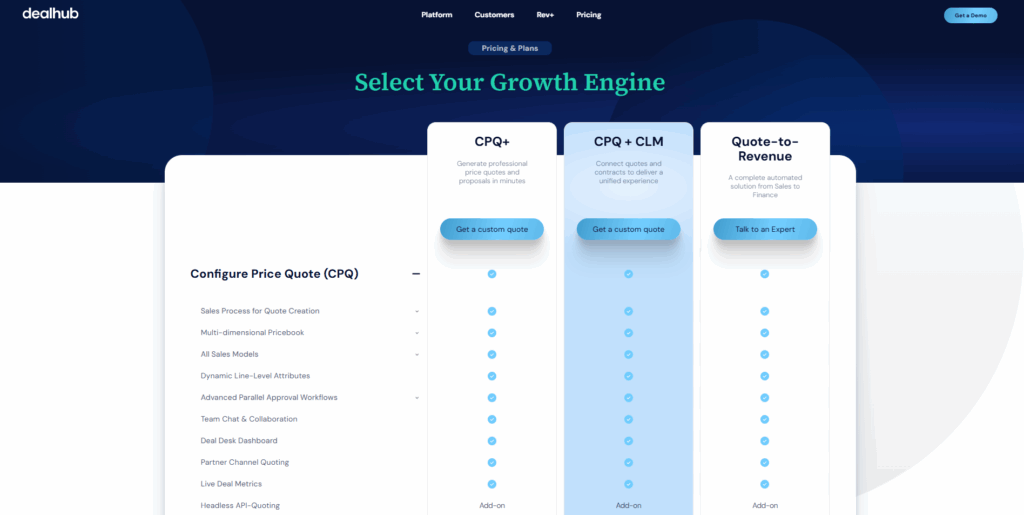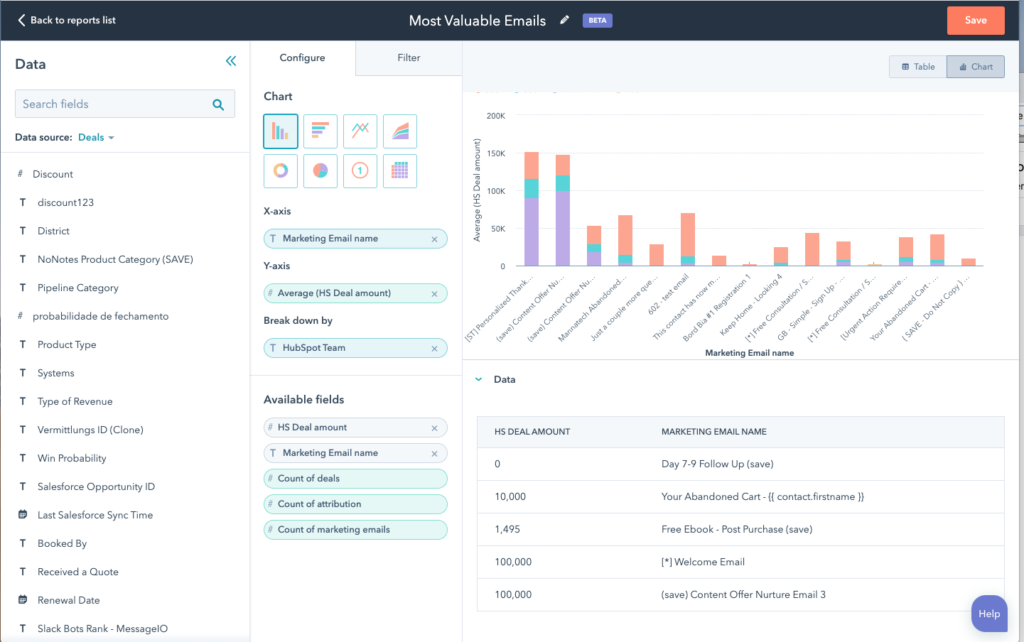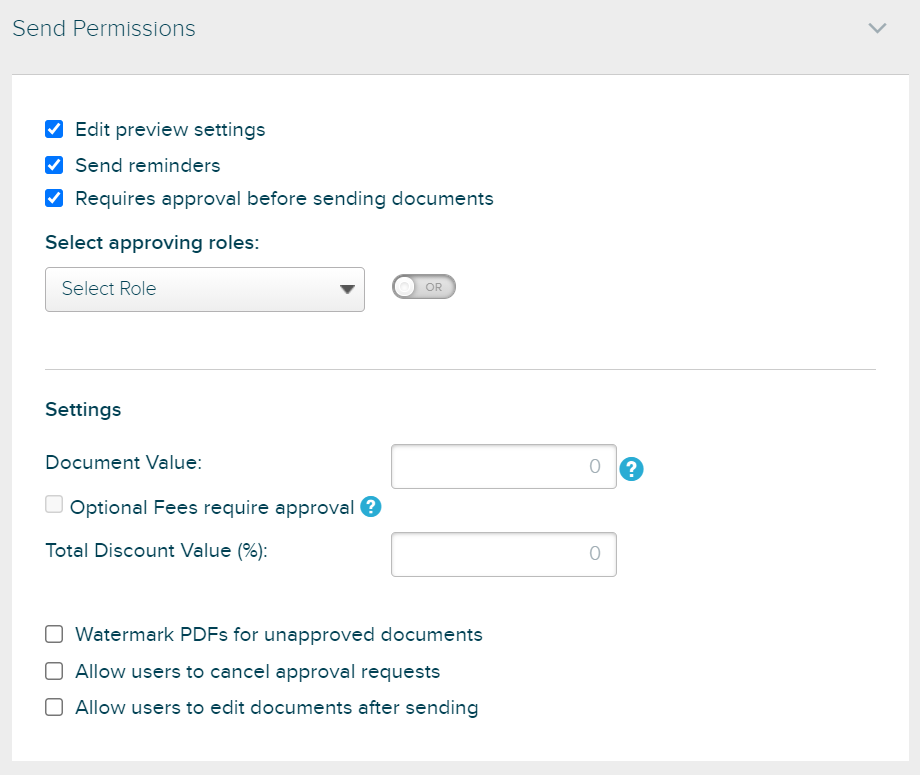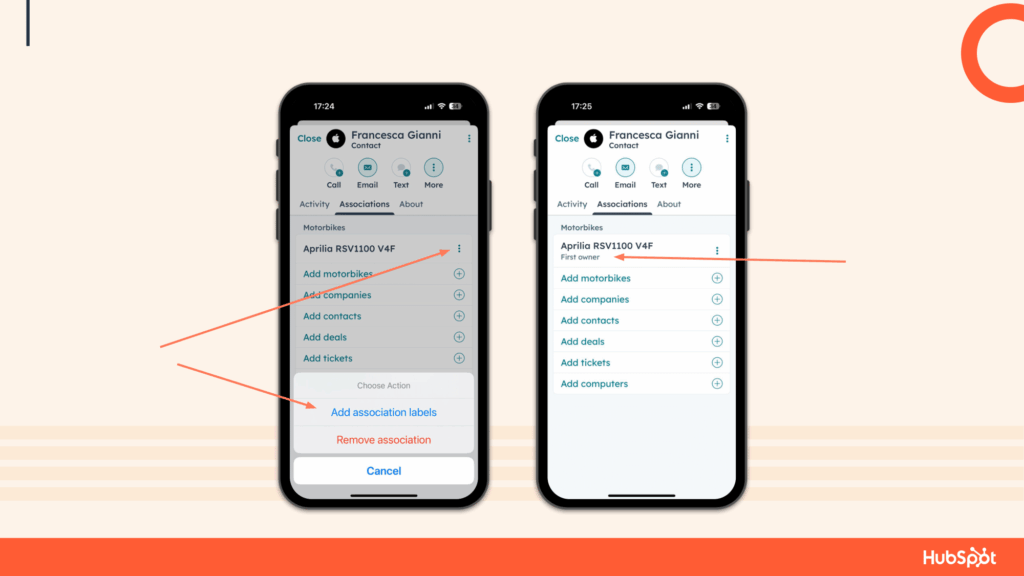CPQ software optimizes sales strategies by automating product configurations and providing real-time pricing visibility.
Ensure CPQ software integrates with CRM and ERP systems to avoid data silos and streamline sales.
Choose a CPQ tool that offers customization for unique business workflows and product configurations.
Look for CPQ vendors that provide effective onboarding, training, and responsive customer support.
Select CPQ tools with mobile support to enable sales teams to work efficiently across locations.
CPQ software—short for Configure, Price, Quote—is a software solution that helps sales teams quickly automate complex product configurations, apply dynamic pricing, and generate accurate quotes.
It's essential for CROs because it streamlines workflows, integrates with CRM and ERP systems, and provides the real-time visibility needed to optimize sales strategies and drive profitability.
This guide is for sales leaders and operations managers who want to make informed decisions. If you're ready to learn how to choose CPQ software, you're in the right place. Let's dive in and find the best fit for your team.
9 Things to Look For When Choosing CPQ Software
When evaluating a CPQ tool, consider these factors to ensure the solution aligns with your team’s goals and business needs:
1. Plan Flexibility

Your CPQ platform should grow with your organization. Look for vendors offering scalable plans that make it easy to add features or users without disrupting operations. Ask about how pricing models shift with upgrades and how that impacts profitability.
2. Data Access and Reporting

A robust CPQ system should offer real-time analytics and customizable dashboards to monitor metrics like quote accuracy, win rates, and revenue trends. CROs rely on these insights to make better decision-making calls about pricing strategies and sales processes.
3. Integration with Your Tech Stack
Ensure the CPQ software integrates seamlessly with your CRM, ERP systems, and other sales tools. Seamless integration avoids silos, keeps customer data consistent across platforms, and helps your sales reps work more efficiently.
4. Onboarding and Support
Effective onboarding reduces the time it takes for your sales team to get up to speed. Look for CPQ vendors offering hands-on training, webinars, and responsive customer support. A smoother start means faster adoption and reduced administrative drag. Consider reaching out to current users to gauge their satisfaction with the support provided. When evaluating CPQ software options, vendor support quality can make or break your implementation success.
5. Role-Based Permissions

Flexible permission settings are vital for data security and efficient workflows. Ensure your chosen CPQ solution allows you to assign roles that align with your team’s hierarchy—like giving sales reps access to quote generation while restricting pricing rules to managers. Test this feature by setting up different user roles during a demo and assessing the ease of use.
6. Industry-Specific Compliance
If your business operates in a regulated industry, confirm the CPQ platform supports compliance requirements like GDPR or HIPAA. Compliance not only mitigates risks but also builds trust and improves the overall customer experience. Ask vendors for documentation or certifications that prove compliance, and consult your legal team if needed.
7. Customization Options
No two businesses are alike. Choose a CPQ tool that allows for customization options in workflows, templates, and product configuration. This flexibility helps your sales team deliver customized quotes that meet unique customer needs. During a trial, experiment with customization features to see how easily they adapt to your requirements. Ask support for examples of unique customizations they've implemented for other clients.
8. Automation Features
The best CPQ software reduces manual, error-prone tasks by automating approvals, applying pricing rules, and accelerating quote-to-cash processes. For CROs, automation frees up the sales team to focus on high-value activities like closing deals and nurturing relationships.
9. Mobile or Multi-Location Support

Modern sales operations often span geographies. Ensure your CPQ system offers a user-friendly mobile app so your salespeople can generate professional quotes and respond to customers anywhere, maintaining speed and consistency. During a demo, test the mobile interface and ask about any limitations compared to the desktop version. Consider how your team will use the software on the go and ensure it meets those needs.
How to Choose CPQ Software: A 5-Step Framework
Selecting the right CPQ software involves understanding your team's needs and evaluating how different tools meet those needs. It's about finding a solution that fits seamlessly into your existing processes and supports your goals. Here's a simple step-by-step guide to help you make an informed choice:
Step 1: Identify Your Needs
Start by defining your team's needs to ensure the CPQ software you choose addresses them effectively. Here's how you can dive into this first step:
Stakeholder Input + Pain Points
Engage stakeholders like sales, finance, and IT to pinpoint pain points in the current quoting process—such as delays in quote generation, inconsistent pricing strategies, or lack of real-time insights. This groundwork helps prioritize must-have features.
Align with Internal Policies
Make sure your requirements align with internal policies and goals. Consider vendor preferences, security protocols, and regulatory compliance. This alignment ensures that the software will fit seamlessly into your existing operations and meet any necessary standards.
Differentiate Must-Have Features
Distinguish between essential features and those that are nice to have. Must-have features might include integration with your CRM or automated pricing. Nice-to-have features could be aesthetic elements or advanced analytics. This differentiation helps you stay focused during evaluations.
Ask These Questions:
- What complaints or blockers come up most often?
- What needs aren’t being met today?
- What features would solve your top 3 pain points?
- What ROI are you expecting from this investment?
- How do current systems align with internal policies?
Step 2: Research CPQ Software Vendors
Begin your vendor research by exploring a variety of sources to find the best fit for your needs:
Conduct High-Level Vendor Scans
Look for CPQ providers with a proven track record in your industry. Compare their functionality, integration capabilities, and pricing structures. Consider how each vendor handles complex configurations and scales to support future growth.
Compare Tools Based on Business Size
Consider how each tool aligns with your business size and needs. Some software might be better suited for small teams, while others cater to large enterprises. Evaluate whether you prefer outsourcing implementation or building in-house models. This approach ensures scalability and relevance to your operations.
Identify Key Differentiators
Focus on what sets each vendor apart, such as their implementation support or user experience. Look for flexibility in handling niche use cases, which can be a deciding factor for specialized industries. Document these differentiators to make comparisons easier.
Document Findings
Keep detailed notes on each vendor's strengths and weaknesses. Use bullet points to organize your thoughts and ensure nothing is overlooked. This documentation will be invaluable when narrowing down options and making your final decision.
Ask These Questions:
- What does each tool do best?
- Does it fit your team size, budget, and stack?
- What support and documentation are available?
- How flexible is the tool for niche use cases?
- What are the common praises or complaints?
Top CPQ Software to Consider
Here’s my list of the top 10 CPQ software options available, to help you get started in your search:
Step 3: Make a CPQ Software Shortlist and Reach Out
Narrow down your options and start engaging with potential partners to find the right fit:
Shortlist Vendors
Select 2-4 vendors based on your earlier research. Focus on those that best match your needs and priorities. This shortlist should include vendors offering the features and support that align with your team's goals. A smaller list makes it easier to compare and evaluate each option thoroughly.
Send an RFI or RFP
Consider sending a Request for Information (RFI) or Request for Proposal (RFP) to gather detailed information. An RFI helps you understand vendor capabilities, while an RFP provides specific solutions to your needs. Use these documents to get clarity on pricing, features, and implementation timelines.
Book Demos and Ask Questions
Schedule demos with your shortlisted vendors and prepare focused questions. During demos, pay attention to the user interface, ease of use, and how well the software addresses your pain points. Ask about specific features, such as automation capabilities or integration ease, to ensure the software meets your requirements.
Use Consistent Evaluation Criteria
Apply the same evaluation criteria across all vendors to maintain objectivity. This could include cost, feature set, support, and user feedback. Consistent criteria help you make fair comparisons and ensure you're choosing the best fit for your team.
Ask These Questions:
- Can you walk me through a real customer story like ours?
- What support or onboarding resources do you offer?
- What features require an upgrade?
- How does your pricing model work?
- What are your typical implementation timelines?
Step 4: Build the Business Case
Turn your vendor research into a compelling business case that resonates with your leadership team:
Summarize Pain Points and Outcomes
Clearly outline the pain points your team faces and the expected outcomes from implementing CPQ software. Highlight how the software can address inefficiencies, reduce errors, and improve sales processes. Use bullet points for clarity, focusing on the specific benefits each feature will bring to your team.
Present Cost Estimates and Timelines
Gather basic cost estimates and implementation timelines from your shortlisted vendors. Present these in a straightforward manner, showing both initial costs and ongoing expenses. Consider linking to resources like CPQ pricing to provide context. Include estimated timelines for deployment and training to give a full picture of the investment.
Articulate ROI and Risks
Explain the return on investment by detailing efficiency gains and financial benefits. Highlight the risks of not adopting a solution, such as continued inefficiencies or lost revenue opportunities. Use real-world examples to illustrate potential savings and improvements in operational processes.
Ask These Questions:
- What business problem will this solve?
- What are the risks of doing nothing?
- What are the financial and operational upsides?
- How quickly can we expect to see results?
- How will this affect our team's daily operations?
Step 5: Implement Your CPQ Software and Onboard Your Users
Ensure a smooth onboarding process by following these steps to successfully implement your chosen CPQ software:
Communicate the Rollout Plan
Clearly communicate the rollout plan to all users involved. Share timelines, key milestones, and what each team member needs to know. Use emails, meetings, or internal platforms to ensure everyone understands the process. Clear communication minimizes confusion and sets expectations.
Assign Internal Owners
Assign internal owners and points of contact for the rollout. These individuals will coordinate with the vendor and manage internal questions or issues. Having designated contacts ensures accountability and provides users with a go-to person for support.
Ensure Training and Adoption
Make sure that teams complete training and adopt the tool consistently. Offer training sessions, workshops, or online modules to cover all user needs. Monitor participation and encourage feedback to address any learning gaps. Consistent training ensures everyone is comfortable using the new software.
Create Feedback Loops
Establish feedback loops during the rollout to gather user insights and improve the process. Use surveys, meetings, or direct communication to collect feedback. Collaborate with vendor resources to address concerns and make necessary adjustments. Feedback helps refine the implementation for better outcomes.
Ask These Questions:
- What’s the change management plan?
- Who’s responsible for roll-out?
- How will you track early success?
- How will user feedback be collected?
- What training resources are available?
What’s Next
If you're in the process of researching how to choose CPQ software, connect with a SoftwareSelect advisor for free recommendations.
You’ll receive a tailored shortlist of CPQ tools to compare, along with expert support in decision-making, including pricing strategies and vendor negotiations.


